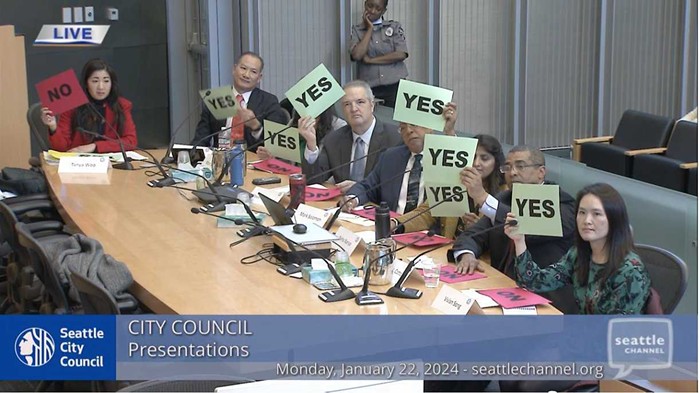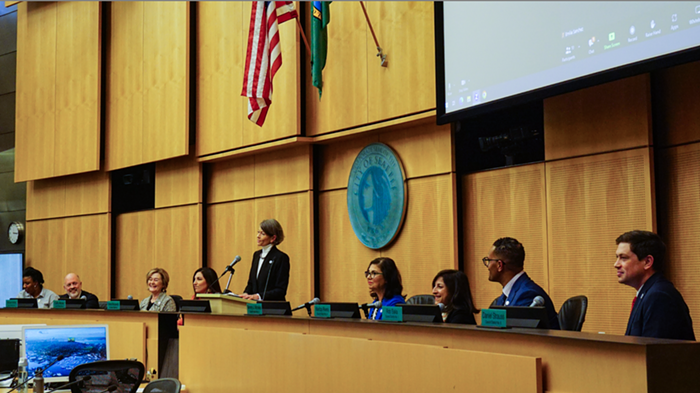
On Monday, alongside the the typically brief press releases published on the Microsoft blog, Microsoft published something called "Welcome to the Invisible Revolution." With animated art, a reporter's byline, section headlines, and pull-quotes, the "Invisible Revolution" had all the trappings of magazine-style digital journalism.
The piece also resembled something that could be sold at any major business or tech magazine. It was an enterprise feature, one that gave the readers "access" to the inner workings of a company they might admire. The "Invisible Revolution" told readers that we were in the midst of a new wave of innovation—not in hardware, but in processes we can't see, like machine learning, artificial intelligence, the "cloud."
But this was not a piece of reporting from an independent journalist. It was PR cleverly and expensively masked as such. Even though the piece was formatted like a magazine article and included sources like the Pew Research Center for extra flavor, the author only interviewed Microsoft executives and engineers who reinforced the article's general thesis. At the bottom of the page, it even had an additional "reporting" credit: "Athima Chansanchai contributed reporting to this story."
It's no wonder the piece superficially resembled something written by an independent journalist. The author, Allison Linn, formerly worked as a financial and economics reporter for NBC, the Today Show, and CNBC. Now, her Twitter bio says she's a "writer and storyteller @Microsoft."
Between 2004 and 2013, the number of reporters in the United States decreased by 17 percent. Over the same period of time, the number of PR people grew by 22 percent. By 2013, more than four PR people were working per every one journalist.
It's not a secret why this is happening. There's a growing pay gap between PR people and journalists. It's hard—really hard—to make a living attempting to tell the truth, and even harder if you're not white. If you have a family, you'll have a much easier time feeding your kids and sending them to college if you tell the truth Microsoft gives you.
But it's also getting increasingly difficult for readers to tell the difference. A recent paper published in journal Technology Science found that 27 percent of 600 people surveyed online thought that the advertorials they were shown (an advertorial is an ad with the features of a blog post on a news site) were written by a reporter or an editor.
Wow, the sponsored content on the NY Times home page is a little too...seamless. Case in point: https://t.co/rRJsmWW7Me
— Pamela Colloff (@pamelacolloff) October 27, 2015
Native advertising is happening everywhere, including in esteemed publications like the New York Times. But it's another matter entirely when companies begin hiring journalists to write press releases that disguise themselves as the most expensive and time-intensive kind of journalism. When a company like Microsoft invests resources in making something like the "Invisible Revolution" compete with online magazines, that's a troubling sign. It tells us two things: One, that big companies have had the tech press so dependent on them for access and information so long that tech journalists have become somewhat superfluous, and two, that big companies are willing to invest resources in staff and pretty online layouts that some actual media publications are not. That's a dangerous development. It tricks readers into consuming advertising as one of the most valuable forms of journalistic storytelling we have.
Maybe Microsoft will eventually decide that its "storytelling" division isn't lucrative and call the whole thing off. But reporters shouldn't count on it.

















